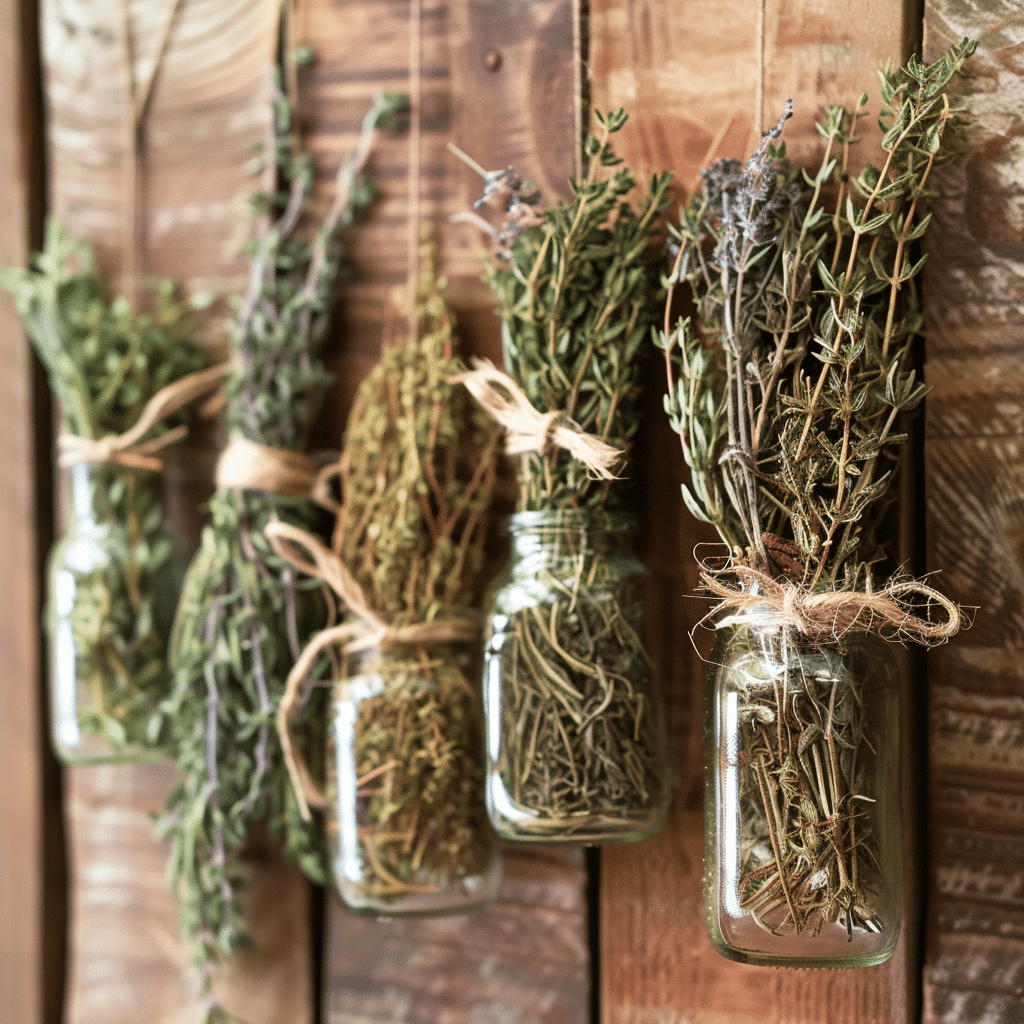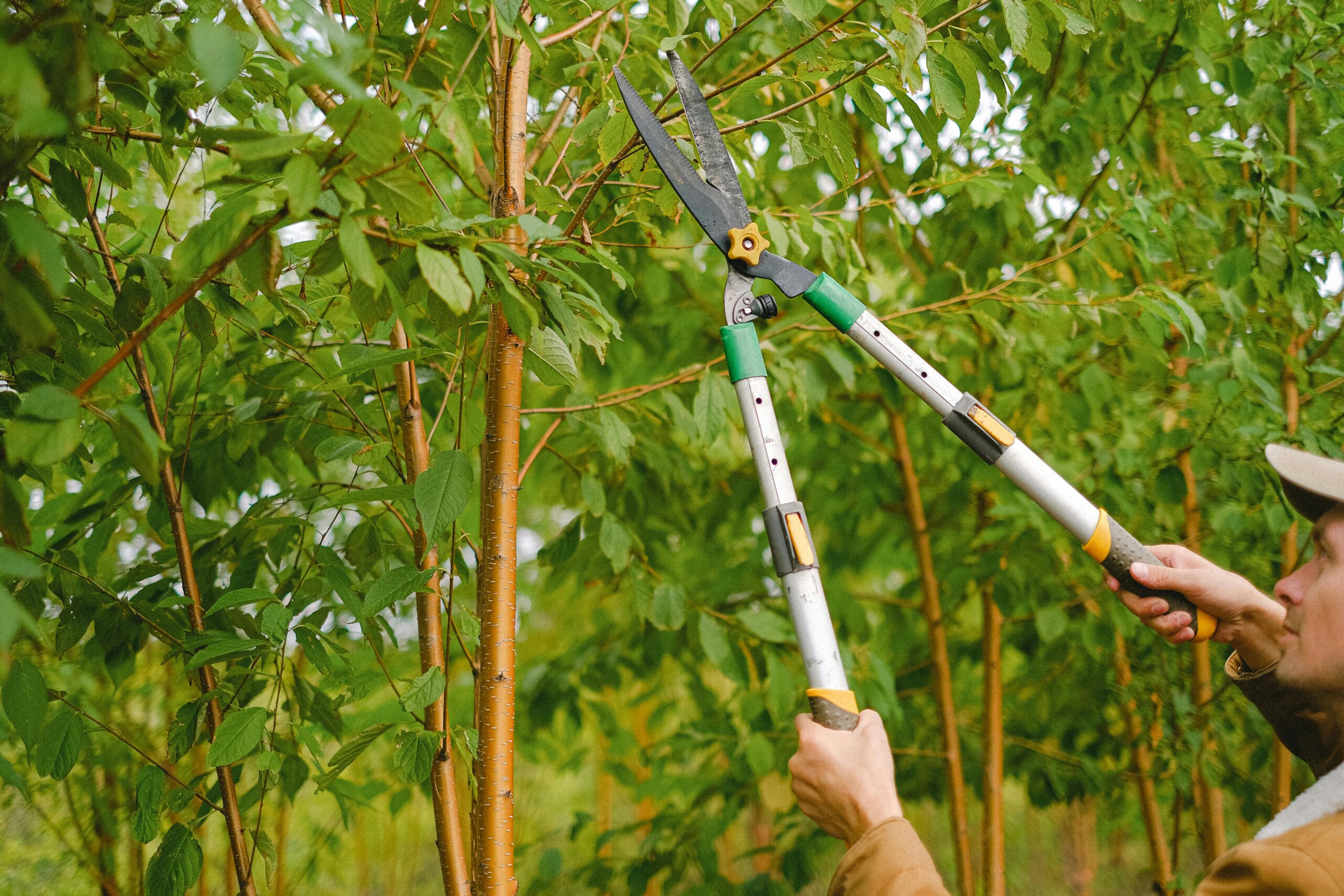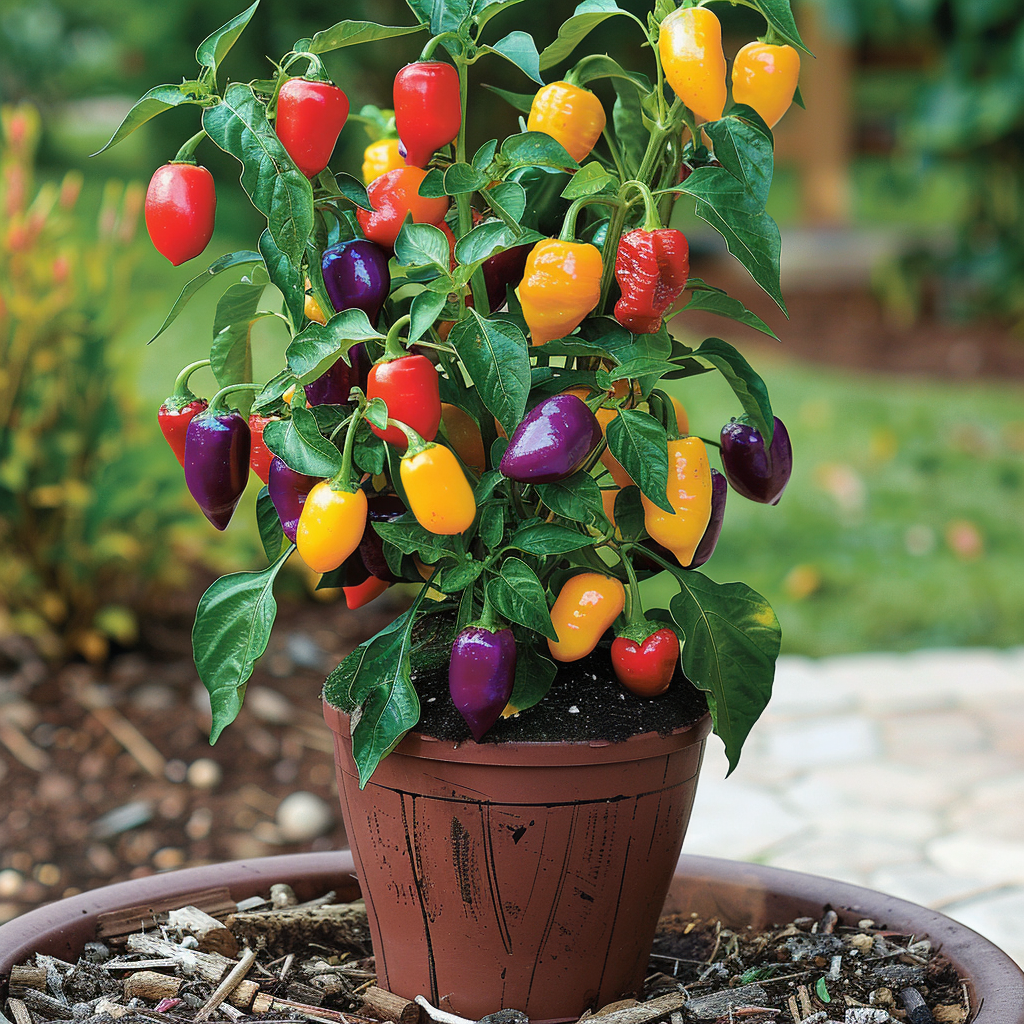WANT TO SAVE THIS RECIPE?
As any gardener knows, nothing beats the intense, aromatic flavor of fresh herbs snipped right from the stem. But winter always comes too soon, threatening to deprive us of those zippy herbs we’ve enjoyed all summer long in our salads, marinades, and teas. Fortunately, drying herbs at home is an easy way to lock in that just-picked flavor all year round. Read on for tips on harvesting, drying, and storing herbs so you can savor garden goodness no matter the season.

Choosing the Best Herbs for Drying
When it comes to drying, some herbs retain more flavor than others. Great options include:
- Oregano
- Rosemary
- Sage
- Thyme
- Parsley
- Basil
- Mint
These herbs have high oil content, which helps their flavor compounds stand up well to the drying process. More delicate herbs like cilantro, dill, and chervil lose flavor more rapidly so are better used fresh.
Harvesting Herbs for Drying
Timing is everything when harvesting herbs to dry. For optimal flavor, it’s best to cut herbs just before flowers appear on the plants. This is when oil concentration is highest. Harvest herbs early in the day after the dew has evaporated but before the sun is hot. Use a sharp knife or pruners to snip off stems near the base of the plant.
Hanging Bundles to Dry
Bundling stems together and hanging them upside down is a classic drying technique. Good candidates for hanging include oregano, sage, thyme, rosemary, lavender, parsley, mint, and lemon balm. Gather 4-5 stems together, tie the stems with a rubber band or string, then form a loop for hanging. Use paper clips and string to attach bundles to hangers, nails, or racks. Place in a warm, dark, dry spot with good airflow for 1-2 weeks until completely brittle.
Drying Leaves on Baking Sheets
For herbs like basil, lemon verbena, and mints, carefully strip leaves from their stems after harvesting. Arrange leaves in a single layer on baking sheets, then place sheets in a warm, dry spot out of direct light. After 1 week, check leaves for brittleness. To test, crumble a small leaf between your fingers – if it crumbles easily, it’s done.
Using a Dehydrator
A food dehydrator offers temperature control for even, efficient drying. Simply place herb stems or leaves on trays, set temperature between 95°F and 115°F, and dry until crispy, checking at intervals. Most herbs take 4-6 hours. A dehydrator prevents loss of color and flavor from extended air exposure.
Proper Storage for Dried Herbs
To retain the largest amount of flavorful oils and active compounds in dried herbs, proper storage is key. Transfer fully dried herbs to clean, airtight glass jars kept out of light. Store away from heat, moisture, and light to maximize shelf life. Most dried herbs will keep 12-18 months stored this way. For the very freshest flavor, use within 6 months.
Follow these simple techniques and you’ll be sprinkling rich, garden-fresh flavor into your dishes all winter long. Enjoy!




